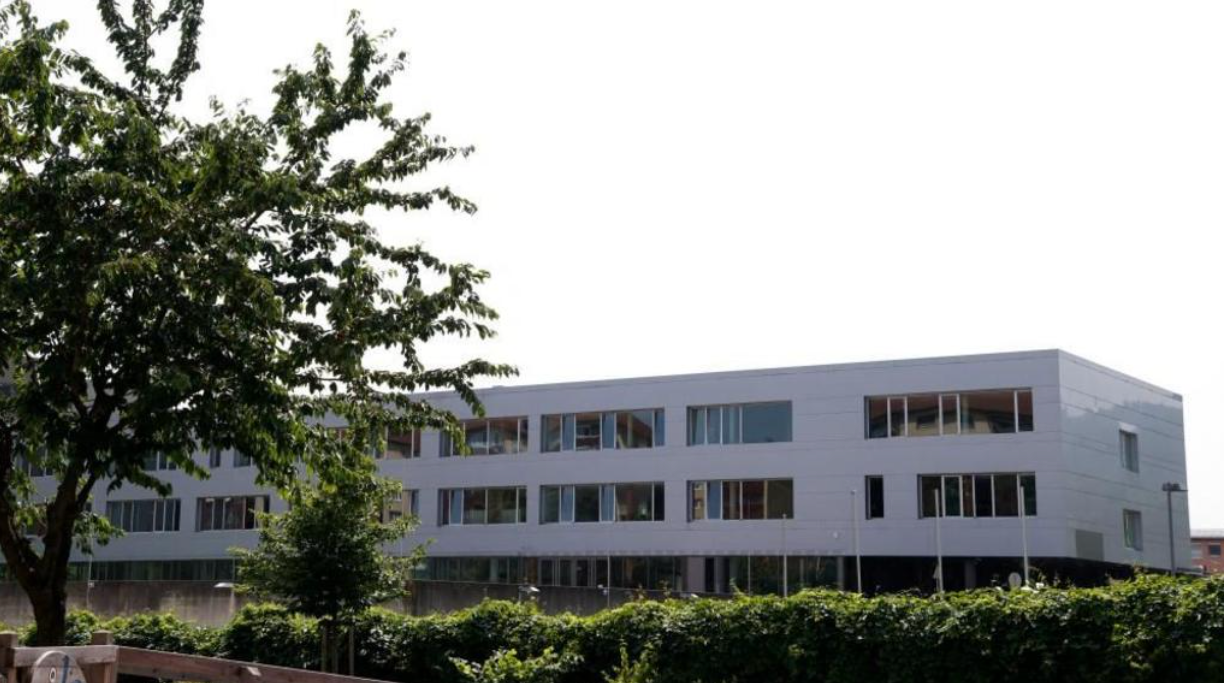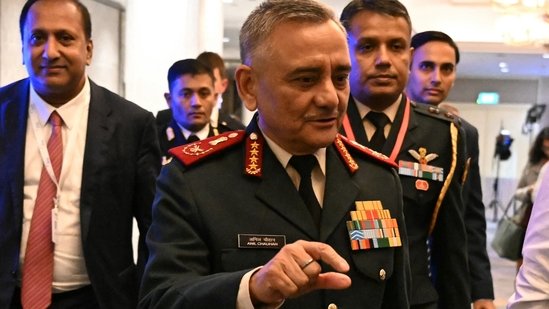Photo Credit: BBC News
In a chilling and rare act of violence, Austria was left shocked after a brutal school shooting in Graz claimed the lives of 10 people, including the shooter himself. The attack took place on June 10, 2025, at BORG Dreierschützengasse, a secondary school in Austria’s second-largest city. This tragic event marks one of the deadliest school shootings in modern European history.
What Happened in Graz: Timeline of the Tragedy
Authorities revealed that the shooter, a 21-year-old former student of the school, entered the premises with a legally owned shotgun and handgun. He opened fire in two classrooms—one of which he had previously attended. The gunfire claimed the lives of nine people on the spot, with a tenth victim succumbing to injuries at the hospital hours later.
The shooter was found dead in a school restroom. A farewell letter addressed to his parents was later recovered from his home, suggesting premeditation. While some speculate past bullying may have played a role, police have not confirmed a motive.
Rapid Response Prevented Further Bloodshed
Within 17 minutes, over 300 emergency personnel, including armed units and medical teams, arrived at the scene. The school was evacuated, and trauma teams began treating the injured. Austrian Chancellor Karl Nehammer praised the quick action but called the day a “national tragedy.”
Austria Declares National Mourning
In response to the mass shooting, Austria has announced three days of national mourning. Public flags have been lowered to half-mast, and communities across the country are holding candlelight vigils. The city of Graz, in particular, has become the epicenter of public grief.
Parents and families described the chaos and trauma. One mother shared how she received a panic-stricken call from her child, who believed he was about to die.
How Rare Are School Shootings in Austria?
Austria has long been considered a safe country with low rates of gun violence, especially within educational institutions. However, this incident draws uncomfortable parallels to recent events in other parts of Europe:
- In Sweden (Örebro, February 2025), 11 people were killed in an adult education center shooting.
- In Serbia (May 2023), a 13-year-old boy killed 10 people at a school in Belgrade using his father’s licensed weapon.
- Historical comparisons include Germany’s 2002 Erfurt shooting (17 killed) and Finland’s Jokela High School massacre (2007).
These rare but devastating events have sparked growing concerns across Europe about mental health, gun access, and school safety protocols.
Gun Laws Under Scrutiny in Austria
While gun ownership in Austria is relatively high—around 30 firearms per 100 residents—the country has strict laws. However, many weapons in categories like hunting rifles and shotguns can be acquired without rigorous background checks.
In light of the Graz school shooting, lawmakers and activists are calling for:
- Tighter screening processes for gun licenses
- Stricter mental health evaluations before weapon approvals
- Better monitoring of former students and vulnerable youth
What Happens Next: Investigation and Policy Review
Police have launched a full-scale investigation into the shooter’s background, digital footprint, and prior mental health records. Early reports suggest the attacker acted alone. Authorities are also probing whether warning signs were missed.
Meanwhile, Austria’s Ministry of Education has committed to reviewing school safety protocols and counseling systems to prevent future tragedies.
The Human Toll: A Nation Grieves
The Graz school shooting has not only taken innocent lives but also deeply scarred an entire generation of students, educators, and families. Across social media, Austrians have united in mourning, sharing tributes under hashtags like #GrazShooting and #NeverAgainAustria.
Blood donation drives, psychological counseling centers, and solidarity events have been rapidly organized. Communities are asking tough questions about youth alienation, gun culture, and the need for proactive mental health support.




